TWO HENRYS
Henry VII’s (r.1485–1509) victory against Richard III at the Battle of Bosworth ended the turbulent Wars of the Roses. He shored up his position by curtailing aristocratic power. Cautious and calculating, he kept the peace and built up a firm financial base – often at the expense of his subjects.
Tall, handsome and cultured, the extravagant Henry VIII (r.1509–47) was a striking contrast to his father. Art and commerce flourished during his reign. The cloth trade enriched many, but peasants lost out as more and more land was turned over to pasture.
NO HEIRS AND A REFORMATION
From the mid-1520s Henry’s reign was overshadowed by his need for a legitimate male heir. His first wife, Katherine of Aragon, gave birth to a daughter, but no son. Desperate for a boy, Henry sought to marry Anne Boleyn, but long negotiations to obtain papal consent to a divorce failed. Henry made the decision to break with Rome. In 1533 he declared that he, not the Pope, was the head of the Church in England.
His decision initiated the Reformation of English religion, the most crucial event of the Tudor period. It shaped English history for centuries to come.
Along with his minister Thomas Cromwell, Henry launched the Suppression, also own as Dissolution, of the Monasteries (1536–40). Protests and revolts, such as the Pilgrimage of Grace (1536–7) in northern England, were swiftly and savagely put down. The confiscated wealth of the monasteries greatly enriched the king and many of his favoured subjects.
DANGEROUS TIMES
Breaking with Rome brought the danger of invasion from Catholic Europe. But the money plundered from the monasteries was put towards building a system of coastal artillery forts (1538–47). Designed for heavy cannon, these reflected the triumph of firearms in warfare.
A suspicious and increasingly tyrannical Henry still sought to secure his dynasty’s future. His marriage to Anne Boleyn produced a girl, Elizabeth, but ended in Anne’s execution.
Jane Seymour died bearing the longed-for boy, Edward. Then Anne of Cleves was rejected shortly after marrying Henry and his next wife, Katherine Howard, was beheaded for treasonous adultery. Henry’s sixth and final wife, Katherine Parr, helped to establish his daughters, Mary and Elizabeth, in the line of succession. Even she only narrowly escaped condemnation for supporting the Protestants – Henry was still a Catholic at heart, and continued to burn Protestants for heresy.
REFORM AND COUNTER-REFORMATION
Radical Protestant reform began only with the accession of the bookish boy-king Edward VI (r.1547–53), himself an enthusiastic Protestant. Despite a West Country rising against the new Protestant Book of Common Prayer (1549), reform intensified under Edward’s Lord Protector, the ambitious Duke of Northumberland.
A mortally ill Edward bequeathed the Crown to Northumberland’s teenage daughter-in-law, Lady Jane Grey, a great-granddaughter of Henry VII. But she reigned for only nine days before being ousted by a tide of enthusiasm for the legitimate heir, Mary I (r.1553–8).
A convinced Catholic, Mary immediately set about reversing the Reformation. But her initial popularity quickly waned. She burned many Protestants and her marriage to Philip II of Spain was unpopular. Failing to conceive a child with him and leaving no heir, ‘Bloody Mary’ died largely unmourned. Her subjects welcomed her sister Elizabeth with relief.
Gloriana
Elizabeth I (r.1558–1603) was among the most astute and successful of all English monarchs. She resisted demands to marry and she assiduously cultivated her image as Gloriana, a Virgin Queen wedded not to a man, but to an increasingly prosperous England.
For most people the quality of daily life improved steadily throughout the 16th century. But not for all, and late in Elizabeth’s reign a series of Poor Laws addressed the long-standing problem of beggary.
Elizabeth was not universally loved, however. Although her establishment of a moderately Protestant Church of England satisfied most of her subjects, it further alienated Catholics, prompting plots to replace her with her cousin Mary, Queen of Scots.
Confined in various castles across England for 19 years, Mary was executed in 1587 by order of Elizabeth I, who feared that Mary was plotting to usurp her.
SPANISH ARMADA, ENGLISH CULTURE
Elizabeth’s execution of Mary in 1587 hastened a showdown with Spain. England had long challenged Spain in the New World, where Francis Drake and other adventurers opened new routes for commerce.
Philip II launched his Armada against England in 1588, but it was defeated by a combination of English seamanship, fireships, good luck and bad weather.
The Armada’s defeat set the seal on growing self-confidence and national pride. It was under the Tudors that a recognisably English culture began to develop, epitomised by Shakespeare’s plays and the flowering of country-house architecture.
Tudor stories
-
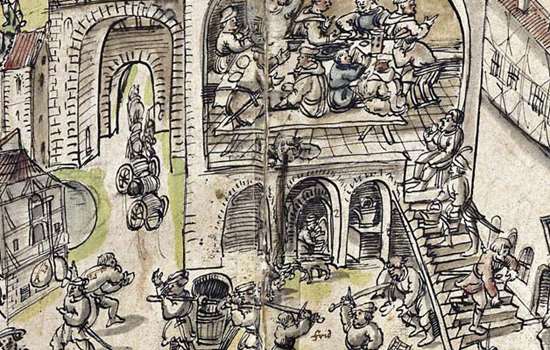
The Suppression of Roche Abbey
How a vivid eyewitness account reveals the shocking speed and scale of destruction of Roche Abbey after the Suppression of the Monasteries.
-

Walter Hungerford and the 'Buggery Act'
In 1533 Henry VIII’s government introduced the ‘Acte for the punishment of the vice of Buggerie’. Less than ten years later, Walter Hungerford became the first man to be executed under its terms.
-
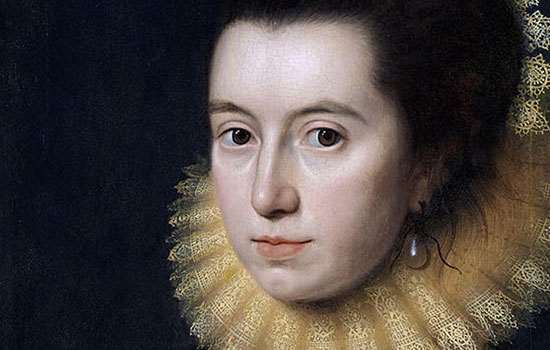
Lady Anne Clifford
The last member of one of England’s great medieval dynasties, Lady Anne Clifford became something of a legend in her own lifetime.
-
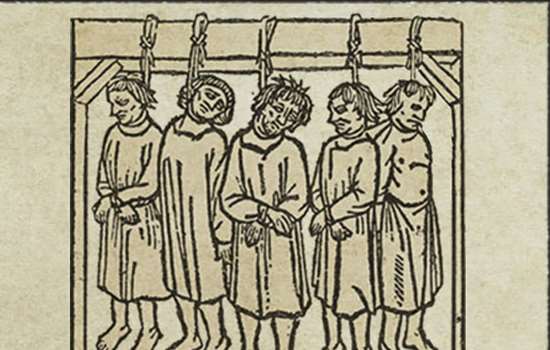
Lydford Law and Parliamentary Privilege
From a Tudor ‘tinner’ to a 21st-century footballer: how the Privilege of Parliament Act can be traced back to the ghastliness of prison life at Lydford Castle in Devon.
-
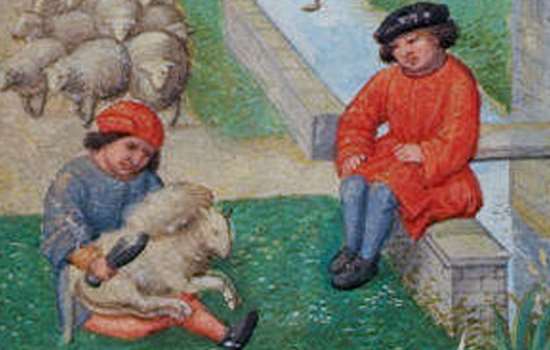
The Rise and Fall of a Tudor Wool Factory
How the Heydon family of Baconsthorpe Castle in Norfolk made a fortune from the East Anglian wool trade – and then lost it all.
-
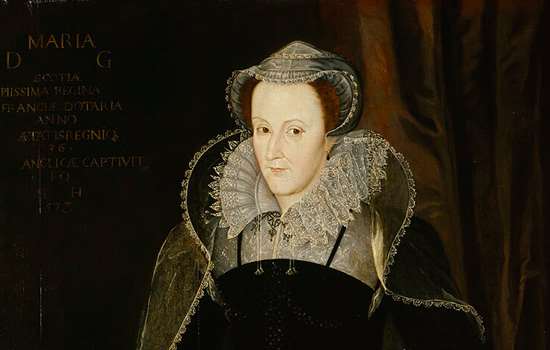
Mary Queen of Scots at Carlisle Castle
Find out why, after Mary Queen of Scots fled to England in 1568, her two-month stay at Carlisle Castle began 19 years of captivity.
-
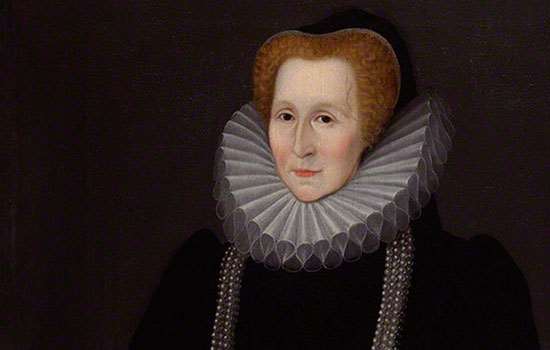
Bess of Hardwick
Rising from a modest background to become one of the richest women of her time, Bess was also a tireless and ambitious builder, whose houses symbolised her rise to wealth and power.
-
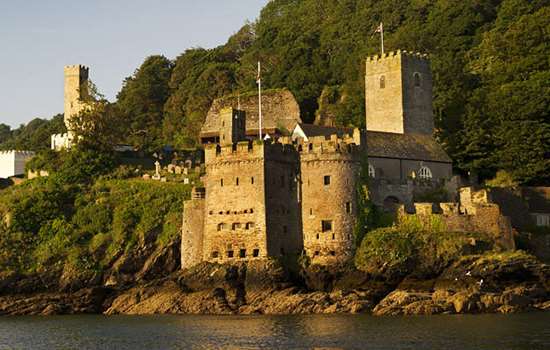
Sir Peter Carew and Dartmouth Castle
How a centuries-old stand-off over a castle provoked Tudor soldier and adventurer Sir Peter Carew into trying to outwit the borough of Dartmouth.
-

Lambert Simnel and Piel Island
How a Yorkist claimant to the English throne failed to usurp Henry VII in the final chapter of the Wars of the Roses.
More about Tudor England
-
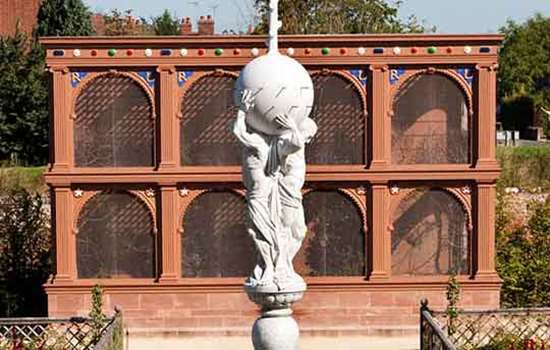
Tudors: Parks and Gardens
Tudor parks and gardens provided an opportunity for dramatic displays of newly found wealth, success and power.
-
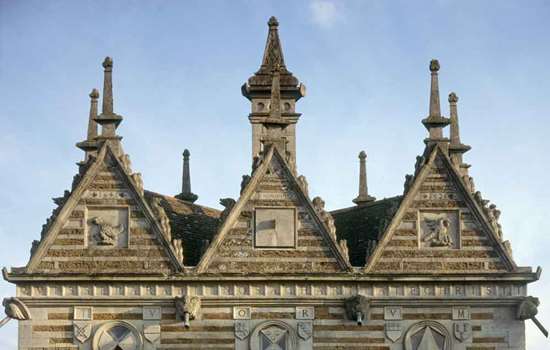
Tudors: Architecture
The architecture of early Tudor England displayed continuity rather than change. Later, however, the great country house came into its own.
-
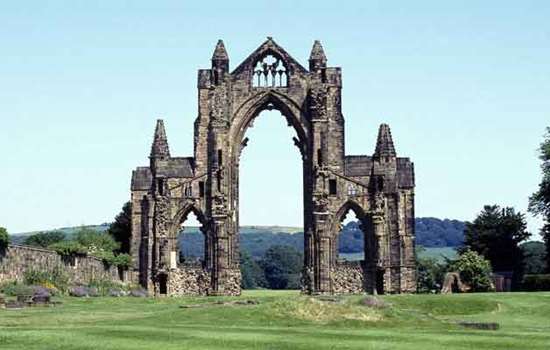
TUDORS: RELIGION
The Tudor era witnessed the most sweeping religious changes in England since the arrival of Christianity, which affected every aspect of national life.
-
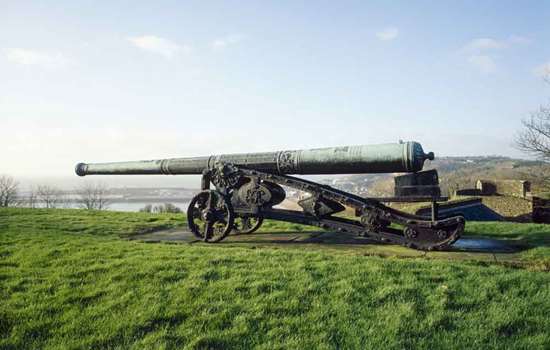
Tudors: War
The Tudor period saw the gradual evolution of England’s medieval army into a larger, firearm-wielding force supported by powerful ships and formidable gun forts.
Read More
-

Previous Era: Medieval
The medieval period is the time between 1066 and 1485. William of Normandy's triumph over King Harold at the Battle of Hastings marked the dawn of a new era. The overthrow of the Saxon kingdom of England was to transform the country the Normans conquered.
-

Next Era: Stuarts
The Stuart period witnessed intense religious and political conflicts, which shifted power from the monarchy to parliament. Meanwhile, discoveries and innovations transformed science, architecture and everyday life.
